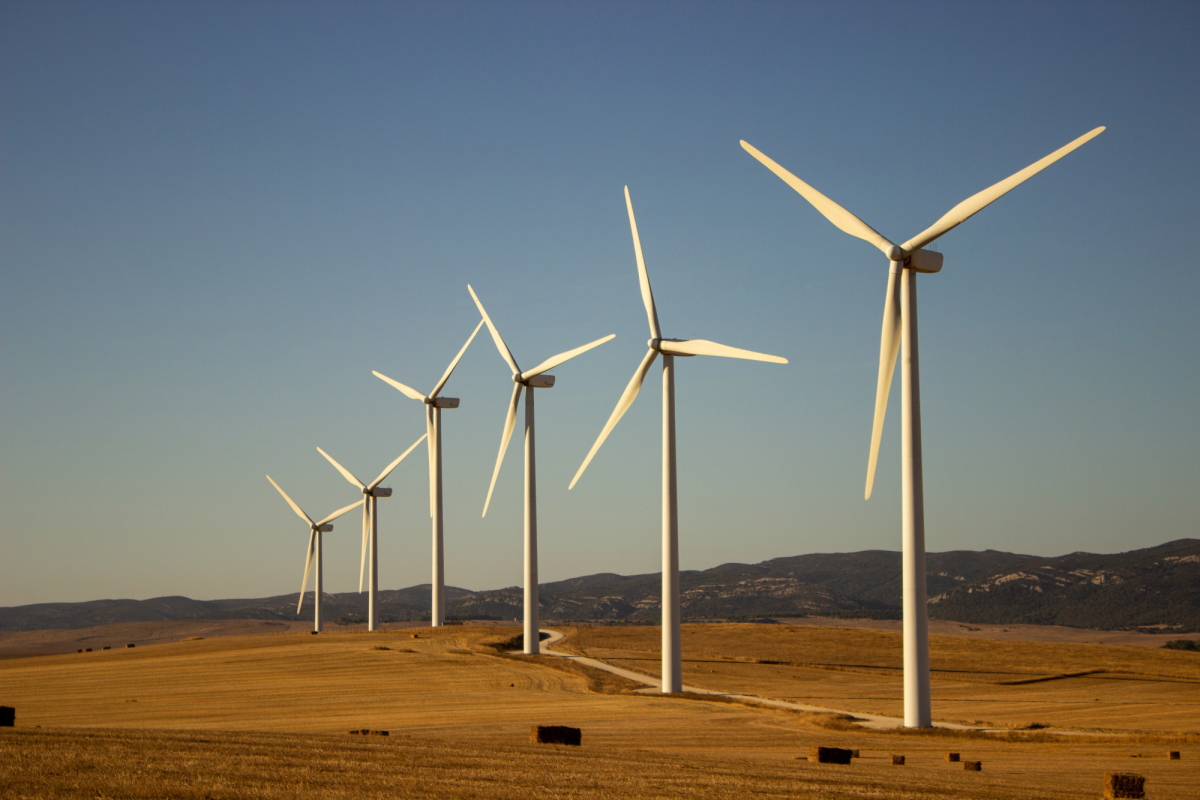Iowa, often praised for its expansive farmlands and attractive landscapes, is making tremendous progress in adopting renewable energy sources. To satisfy its ever-increasing energy requirements while also contributing to a more environmentally friendly and sustainable future, the state has emerged as a leader in the use of renewable energy sources, notably wind power.
Wind Energy Revolution in Iowa
Iowa has emerged as a frontrunner in the United States when it comes to the generation of wind energy. The vast areas of flat land and constant wind patterns that characterize the state make it an excellent place for harnessing the force of the wind. As a result, Iowa has significantly increased its ability to generate electricity from wind over the last decade, and wind turbines can be seen dotting the landscape throughout the state.
The state has incorporated several technologies to ensure the efficiency of wind power plants. These technologies include weather APIs that play a vital role in maintaining the effectiveness of wind plants by keeping the systems updated with relevant, current, forecasted weather conditions.
Iowa has routinely ranked among the top states for wind energy production, as stated by the American Wind Energy Association. In recent years, wind power has met more than 57% of the state’s electricity needs. Not only has Iowa’s reliance on fossil fuels been decreased due to the commitment to wind energy, but it has also resulted in the creation of employment and promoted economic development in the area of renewable energy.
The Economic Advantages
A favorable effect has been exerted on the economy of Iowa primarily due to the expansion of renewable energy sources, notably wind power. The state has been prosperous in luring significant investments from companies dedicated to renewable energy, which has led to employment opportunities in wind turbine production, building, and maintenance. Additionally, local communities that host wind farms reap the benefits of higher tax income, which can be used to fund infrastructure projects and the provision of major services.
Community Wind Energy Projects
In addition to large-scale wind farms owned by companies, Iowa is committed to using renewable energy sources. There has been an increase in the number of community wind projects in the state. These projects include local citizens investing in and owning small-scale wind turbines jointly. By actively empowering communities to engage in the transition to renewable energy sources, these projects guarantee that the economic advantages are spread locally and enable communities to participate actively.
Expansion of Solar Technology
Even though wind power has emerged as the most prominent kind of renewable energy in Iowa, the state is also now exploring the possibilities presented by solar power. Solar energy is becoming a more realistic and accessible choice for households, companies, and utilities alike due to developments in solar technology and a decrease in the prices associated with solar technologies. Solar power has been encouraged to be adopted by the state of Iowa through regulations and government incentives, which has contributed to the state’s broad renewable energy portfolio.
Challenges
Iowa is facing obstacles in completely transitioning to a sustainable energy future, despite the gains that have been achieved in the adoption of renewable energy. However, there are solutions to these issues. For it to guarantee a dependable and continuous supply of electricity, it is necessary to handle concerns such as energy storage and intermittent power systems. Continuing investments in research and development, along with technological improvements, are necessary in order to prevail over these problematic challenges.
Conclusion
The state of Iowa’s use of renewable energy sources, particularly wind power, demonstrates dedication to a more environmentally friendly and sustainable future. The state’s success in harnessing the wind’s power has not only resulted in reducing its carbon footprint but has also fostered economic development and empowered local communities. This demonstrates that a transition toward green energy is not only helpful for the environment but also for the economy and the well-being of the people who live in Iowa. As Iowa continues to adopt renewable energy, it presents an encouraging precedent for other countries and states to follow.



